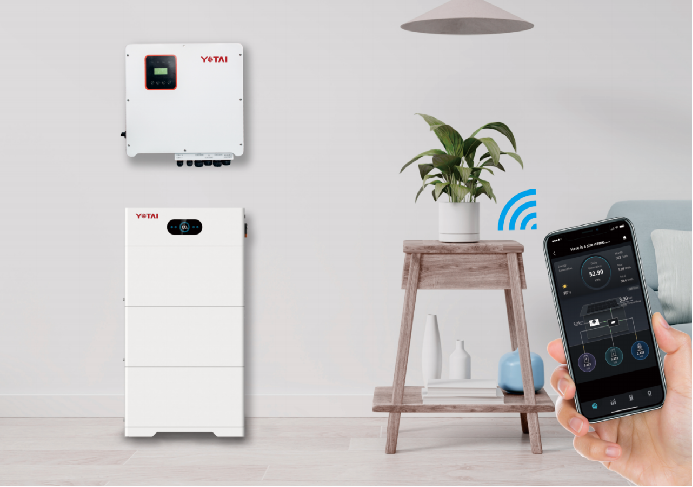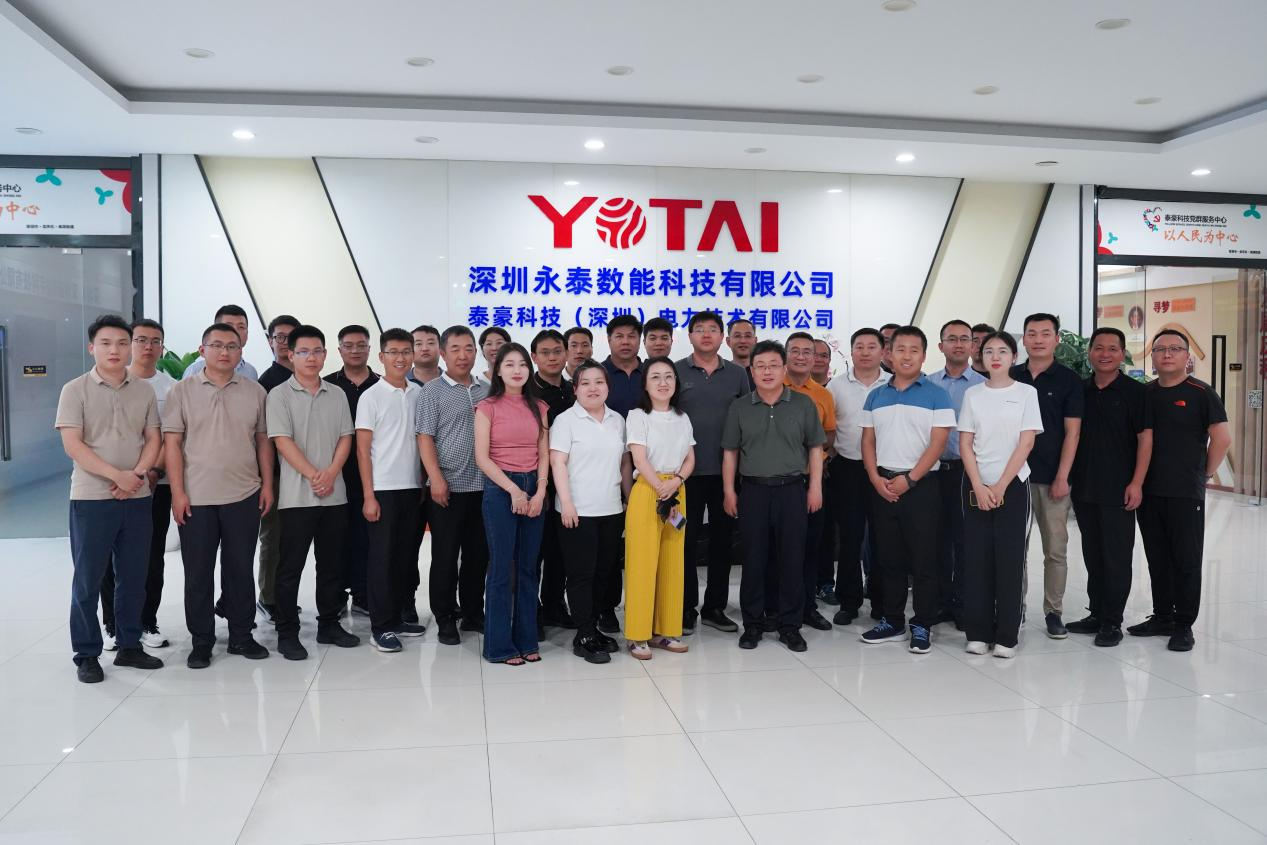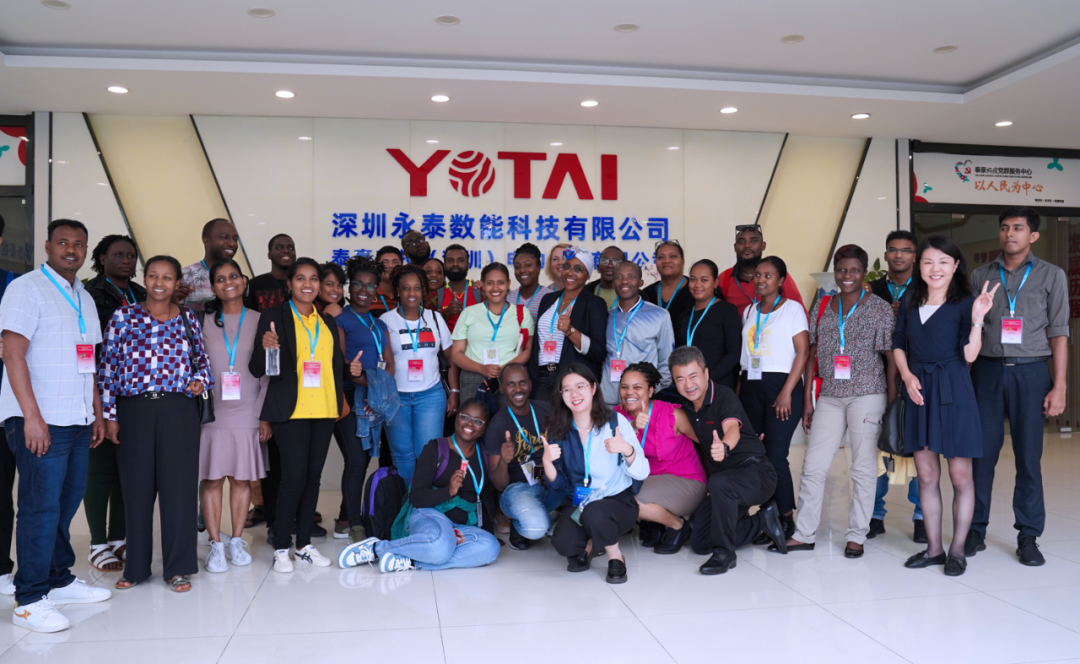Green energy consumption has become a crucial driver for sustainable development. With the increasing adoption of new energy sources and advances in ESS technology, residential ESS is becoming a preferred choice for more and more families.
According to CESA data, in 2022, the global residential ESS was mainly concentrated in high electricity price countries such as Germany, the United States, Japan, Italy, and Australia, with an additional installed capacity of 5.45 GW/10.79 GWh, accounting for approximately 77%/72% of the global residential ESS additional installed capacity.

It is expected that by 2025, the global residential ESS installed capacity is expected to reach 50 GW/122.2 GWh. Assuming a unit price of 1.6 yuan/Wh for residential ESS, the industry's scale in 2025 is estimated to be approximately 195.5 billion yuan. In addition, by 2025, the penetration rate of residential ESS worldwide is expected to reach 28%, with the residential ESS penetration rate in the United States expected to increase from 21% in 2022 to 36% in 2025, and the residential ESS penetration rate in Europe expected to increase from 18% in 2022 to 56% in 2025.
Currently, the overseas residential ESS market offers significant opportunities and is in a period of development dividends.
While residential ESS is experiencing new growth, it also faces certain challenges, primarily in the following areas:
Frequent safety incidents;
Poor quality of battery cells leading to thermal runaway;
Poor system performance leading to overcharging/discharge issues;
Lack of real-time monitoring and delayed response to anomalies;

Difficulties in maximizing profits
Inability to achieve 100% depth of discharge (DOD) cycles
Low system efficiency leading to energy wastage
Fixed operating modes that cannot optimize performance
Limited aesthetic appeal
Industrial-style product appearance
Messy on-site wiring affecting safety
Bulky product structures impacting user experience
High construction and operation costs
Multiple customized scenarios leading to design complexity
Complex installation with high construction costs
Scattered users resulting in high after-sales costs
In response to the pain points of high residential electricity costs and difficulties in electricity consumption, Yotai has introduced a series of self-developed residential ESS products for the residential market. These products include low-voltage stacked batteries, high-voltage stacked batteries, wall-mounted batteries, etc., equipped with a customizable residential green energy solution that can significantly reduce residential electricity costs and help residentials achieve a goal of zero-cost electricity purchase.

The residential green energy solution mainly consists of PV modules, hybrid inverters, ESS batteries, and an smart cloud platform.
PV modules can be installed on rooftops to convert solar energy into electricity, which is then connected to the hybrid inverter.
The hybrid inverter connects PVs, residential loads, the grid, batteries, and an app, controlling energy conversion and input/output.
ESS batteries are the core of residential ESS, accounting for more than 50% of the cost, and they are connected to the hybrid inverter to store and release electricity.
The smart cloud platform serves as the brain of residential ESS, integrating energy strategy management, operation and maintenance monitoring, and can be installed on mobile devices for remote viewing and parameter settings.
Key Features of Yotai's residential Green Energy Solution:
Triple protection to ensure "zero" accidents
System-side: It uses a self-developed cloud platform for 24/7 remote management of residential green energy systems.
Inverter-side: It has a 150% load-bearing capacity to meet the operation of all residential appliances, millisecond-level switching for uninterrupted power supply, and safe ESS.
Battery-side: It uses high-quality and highly secure lithium iron phosphate batteries, addressing safety concerns at the source, and employs smart and high-precision Battery Management Systems (BMS) to manage each cell effectively.
High utilization of green energy, low electricity cost
This solution optimizes energy strategies based on factors such as future weather, peak-valley electricity prices, and PV power generation. The system achieves higher efficiency and greater depth of discharge (DOD), resulting in higher energy conversion efficiency and deeper discharge capabilities.
Exquisite attention to detail, showcasing luxury quality
In terms of hardware, Yotai adopts a "white goods" design concept that seamlessly blends into the home environment. Additionally, the residential ESS products feature an ultra-thin design of 200px, IP65 protection, and can withstand various weather conditions, providing the ultimate user experience. In terms of software, it is simple and user-friendly, designed like an internet product, allowing users to have complete control over the system's status.

Yotai's residential green energy solution combines solution design and installation guidance, effectively reducing installation difficulty. It supports remote operation and maintenance, with 90% of maintenance issues resolved remotely, and it uses a plug-and-play stacking structure, effectively saving 30% of installation time.
As renewable energy continues to spread, residential ESS systems have become an increasingly popular form of green ESS. Yotai will continue to provide users with a higher standard, smarter, and more tailored end-to-end residential electricity consumption experience, leading the trend of low-carbon living and promoting the arrival of a low-carbon green life.



